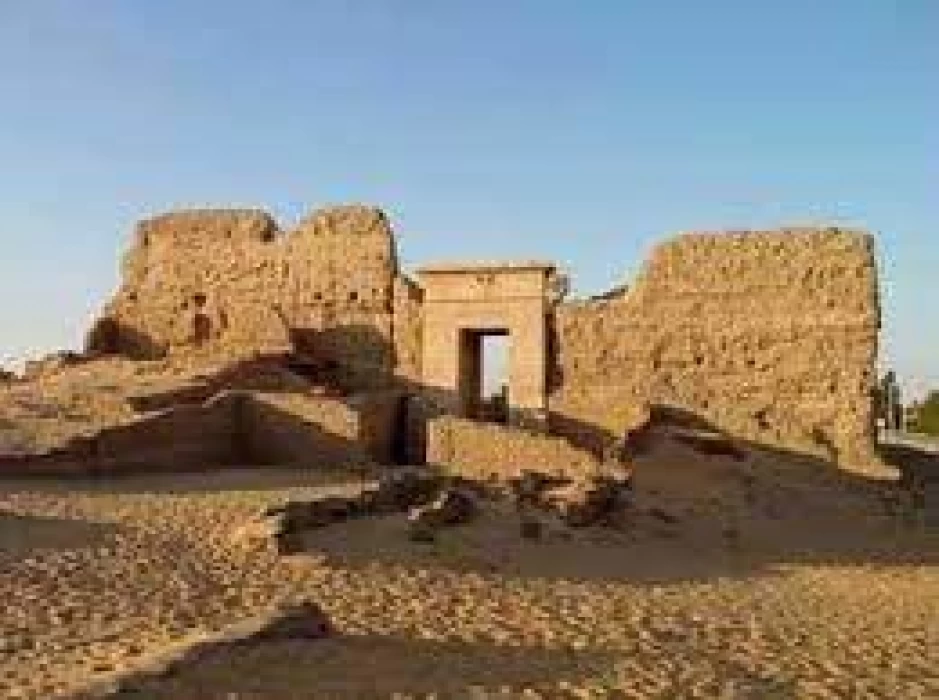
Qaser Al Zayyan Temple
The Qasr Al-Zayan temple is one of the most prominent monuments in the New Valley and was one of the most important meeting points of trade routes in ancient Egypt. The temple is located about 26 kilometers south of the city of Al-Kharga and about 3 kilometers from the temple of Al-ghweita, at the meeting point of the forty trail and the Negev of Bulaq, which gave it a strategic location in ancient times.
Famous for being one of the outstanding funerary temples, the temple had great significance in the eras of the reign of the Kings of the Pharaohs, and this interest in it continued in Roman times. The temple acquired its current name " Zayan Palace "after the Islamic conquest of Egypt, where high-rise buildings surrounded by huge walls were called" palaces", due to their massive structure and the nature of their construction with solid stone. That is why the name "palace" was given to this ancient temple.
The name "Al-Zayan" comes from an ancient water eye located on the same site. Subsequently, the population settled in that area, and the entire site became known as the "Zayan Palace," which was extended to the archaeological temple itself.
The creation of the temple dates back to Roman times, specifically to the period before the reign of the Roman Emperor Antonius Pius. This emperor carried out restoration and maintenance work on the temple, and recorded those works in Greek on the threshold of the door leading to the Holy of Holies inside the temple. These inscriptions indicate that these works were completed on the eighteenth day of the third year of the reign of Antonius Pius, that is, on August 18, 141 AD.
The temple of Qasr Al-Zayan has an architectural design that is oriented with an axis from south to North. It is a relatively small building, constructed of sandstone, and houses a statue of the God Amon-Hepi, to whom food and offerings were made in ancient Egypt. The texts engraved inside the temple are a witness to the attempt of the Roman Emperor Antonius Pius to prove his spiritual connection with this great God, through texts in which he expressed his submission and appreciation, including saying: "I have now come in your presence, my teacher and father Amon endowed, teacher master endowed, great idol".
These phrases indicate the emperor's desire to get closer to Amun-Hibat, the God of oases, and prove his spiritual lineage to him, which was common in the traditions of Roman kings and emperors, as they sought to gain religious legitimacy that would strengthen their authority before the peoples under their rule.














